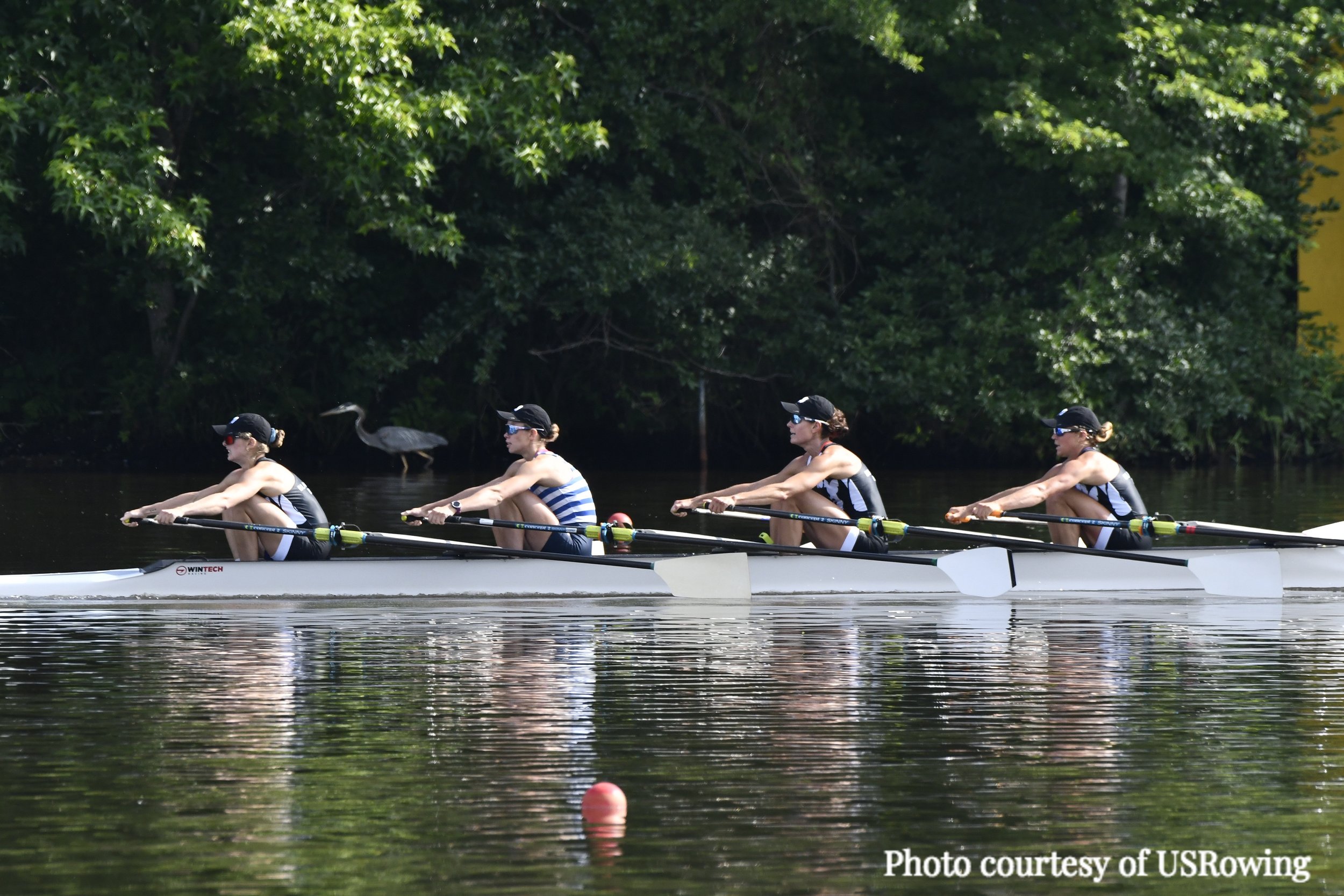Summer means parties at Riverside. It is a tradition that goes back to the club’s origins. They have been associated with victory celebrations, Charles River rowing camaraderie, and just good fun. As a Cambridgeport social center in the 19th Century, the club sponsored community dinners, dances and other festivities. Given Riverside’s Irish pedigree, they all had a Celtic flavor.
Because Riverside’s first boathouse was a former mill building on the grounds of The Riverside Press, in its early days the club held its events in Cambridge social halls. An 1886 newspaper story describes a Riverside “entertainment” and dance at the Prospect Street skating rink at which over 500 people enjoyed vocal quartets, whistling solos, and clog and reel dancers.
Celebrating Riverside rowing successes was a community event. The club honored its four-oared workboat’s victory in the first New England amateur regatta in 1887 with a banquet in Cambridgeport’s Austin Hall, at which Mayor and former Harvard oar William E. Russell and The Riverside Press President H. O. Houghton led city aldermen, the president of the city council and some 125 other guests into the event to strains of an orchestra. Speeches extolling the credit Riverside had brought to Cambridge and to the printing company were followed by jig dancing and the singing of an Irish quartet.
On May 4, 1891, Riverside celebrated the opening of its new boathouse. Like others of the era, the building provided boat storage and changing facilities on the first floor. The second floor was social space, with an assembly hall and “gentlemen’s and ladies’ parlors and ladies’ toilets.” An 1892 article refers to a series of ladies nights. Over a hundred members and as many guests were said to assemble on Sunday afternoons to enjoy each other’s company. Seasonal events continued in Cambridge social halls, such as its Thanksgiving Ball in the Cambridgeport Union Hall on November 29, 1893.
It is testimony to the centrality of the social mission of 19th Century rowing clubs that an 1897 article describes its President Cleary as “one of the popular young citizens in this classic city. Although not much of an oarsman he strictly attends to the social interests of the club.” In any case, Riverside continued put on lively parties. The minstrel show—appalling by today’s standards but a staple entertainment of the time—it held in Union Hall in 1901 was an elaborate production featuring sets such as a warship and songs and comedy from both professional and club performers. In April 1904, the club’s held its 25th annual ball in Malta Hall. Another minstrel show in 1908, with “many girls taking part,” followed by flying rings, hand-balancing demonstrations and a dance, was said to be a great success.
The Boston area’s many neighborhood rowing clubs, such as Bradford Boat Club just downriver at the foot of the Brookline Bridge and St. Alphonsus at the Boston end of the bridge, enjoyed friendly camaraderie even as they remained intense competitors. During the summer, they held Sunday open houses, oarsmen rowing to each other’s boathouses for social get-togethers. Referring to Riverside’s Friday evening dances, The Boston Globe reported in 1904 that, “Boating parties from down the river make landings at their float and take part in the merrymaking.” During winter months, the club’s social committee held evening “smoke talks” at the boathouse featuring speakers and boxing matches, said to be attended by “all the best local stars in athletics and in the theatrical profession.”
When Riverside’s second boathouse burned to the ground in 1911, it held parties to raise money to rebuild. Its new one, the club’s present building, again contained a second floor assembly hall, whose bandstand can still be seen in its downstream corner, and separate ladies and men’s rooms, one of which is the present team room, with its attached single-sex bathroom, and the other what is now the men’s room.
The United States’ entry into the First World War dampened rowing and social activity. With the war over in 1919, however, Riverside celebrated its Silver Jubilee with a banquet at the boathouse attended by over 200. Dinner was followed by music and speeches by Harvard crew coach Bill Haines and Cambridge Mayor Quinn. 1920 was an Olympic year. The club held dances every Tuesday and Friday evening to raise money for Cary and William Faulkner, its 1919 national doubles champions, and Jeremiah Shea to enable them to compete, albeit unsuccessfully, for selection as the United States’ single sculler.
The Great Depression doomed most of the Boston area’s surviving rowing clubs. Riverside held on. Its annual ball in October 1935 featured music supplied by Doney’s Society Orchestra playing dances such as “Of Course I’m Irish: My Name Is Quinn”, “Midnight Oarsman,” and closed with “Let’er Run.” Nevertheless, membership dwindled. After barely surviving extinction in the 1960s and ‘70s, the club got back on its feet in the early 80s. There was a palpable sense of excitement about its future as the social committee mounted the first annual banquet in the modern era in a local hotel following the 1984 racing season.
After disappearing for a time, our annual gala is back. The Social Committee once again organizes summer and seasonal parties, and the club is again an integral part of Cambridgeport life, hosting its association’s annual fundraiser. This year’s party lineup includes,
The Friday Night Movie/Documentary Series--usually about rowing and similar athletic endeavors
The New Member/ Summer Kick Off BBQ Party
The End of Summer Cocktail Party
The world famous HOCR after-party at Ned Divine's
The club Gala
The annual men's sweeps Halloween party
And the Holiday party
Adapted from A Brief History of Riverside Boat Club by Dick Garver with Graeme Calloway






